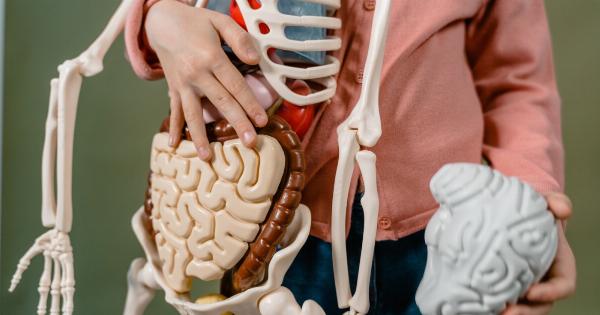Have you ever heard of the cantaloupe transferring your consciousness? It may sound strange and impossible, but there are those who believe it to be true.
The idea of consciousness transfer has been a topic of interest for centuries, but could it really be possible? In this article, we’ll explore the concept of consciousness transfer and how it relates to the cantaloupe.
What is Consciousness Transfer?
Consciousness transfer, also known as mind uploading or whole brain emulation, is the hypothetical process of transferring a person’s consciousness from their physical body to an artificial substrate.
The idea is that by replicating the brain’s neural structure and storing it in a different medium, such as a computer or robot, a person’s consciousness could continue to exist after their physical body dies.
The Science of Consciousness Transfer
While the concept of consciousness transfer is still purely hypothetical, there are scientists who are actively working on creating artificial brains and neural networks.
The goal is to eventually create an artificial substrate that is advanced enough to replicate the structure and function of a human brain. Once this is achieved, it may be possible to transfer a person’s consciousness to the artificial substrate.
One of the biggest challenges in creating a viable artificial brain is replicating the complexities of the human brain’s anatomy and function.
The human brain has approximately 100 billion neurons, each with thousands of connections to other neurons. It’s this intricate network of neurons that gives rise to our consciousness and makes us who we are. Replicating this complexity in an artificial brain is no easy feat, but scientists are making progress.
The Cantaloupe Connection
So, where does the cantaloupe come in? The cantaloupe is actually a popular symbol used by those who believe in the possibility of consciousness transfer.
The idea is that by consuming a specially prepared cantaloupe, an individual’s consciousness can be transferred to a new body or vessel.
This may sound like pure science-fiction, but there are those who claim to have experienced consciousness transfer through the consumption of cantaloupe.
According to these individuals, the cantaloupe must be treated with special herbs and spices, and consumed in a specific ritualistic manner. Once consumed, the consciousness is said to be transferred to a new body or vessel.
The Reality of the Cantaloupe
While the idea of the cantaloupe transferring consciousness may seem far-fetched, there is actually some scientific basis to this claim. The cantaloupe is rich in a variety of nutrients, including vitamins A and C, as well as potassium and folic acid.
These nutrients are essential for brain function and may play a role in supporting consciousness.
Furthermore, some studies have shown that certain plant compounds, such as those found in turmeric and ginger, may have neuroprotective properties.
These compounds may help protect the brain from damage and support healthy brain function, which could be beneficial for those seeking to transfer their consciousness.
The Debate Continues
The idea of consciousness transfer through the consumption of cantaloupe is highly controversial and is not supported by mainstream science.
The scientific community has yet to find concrete evidence to support the claim that consciousness can be transferred to an artificial substrate or new vessel.
Despite this, there are those who continue to believe in the power of the cantaloupe and its ability to transfer consciousness.
While the debate over consciousness transfer may never be resolved, it’s clear that this is a topic that will continue to fascinate and intrigue scientists and non-scientists alike.
The Future of Consciousness Transfer
While the idea of transferring consciousness through the consumption of cantaloupe may remain controversial, there is no denying that the concept of consciousness transfer is an exciting field of research.
As technology continues to advance, it’s possible that we may one day be able to create an artificial substrate that is capable of replicating the complexities of the human brain.
Whether or not this means that we will be able to transfer our consciousness to this artificial substrate remains to be seen.
However, the possibilities are endless, and it’s clear that this is a topic that will continue to captivate and inspire scientists and futurists for years to come.






























